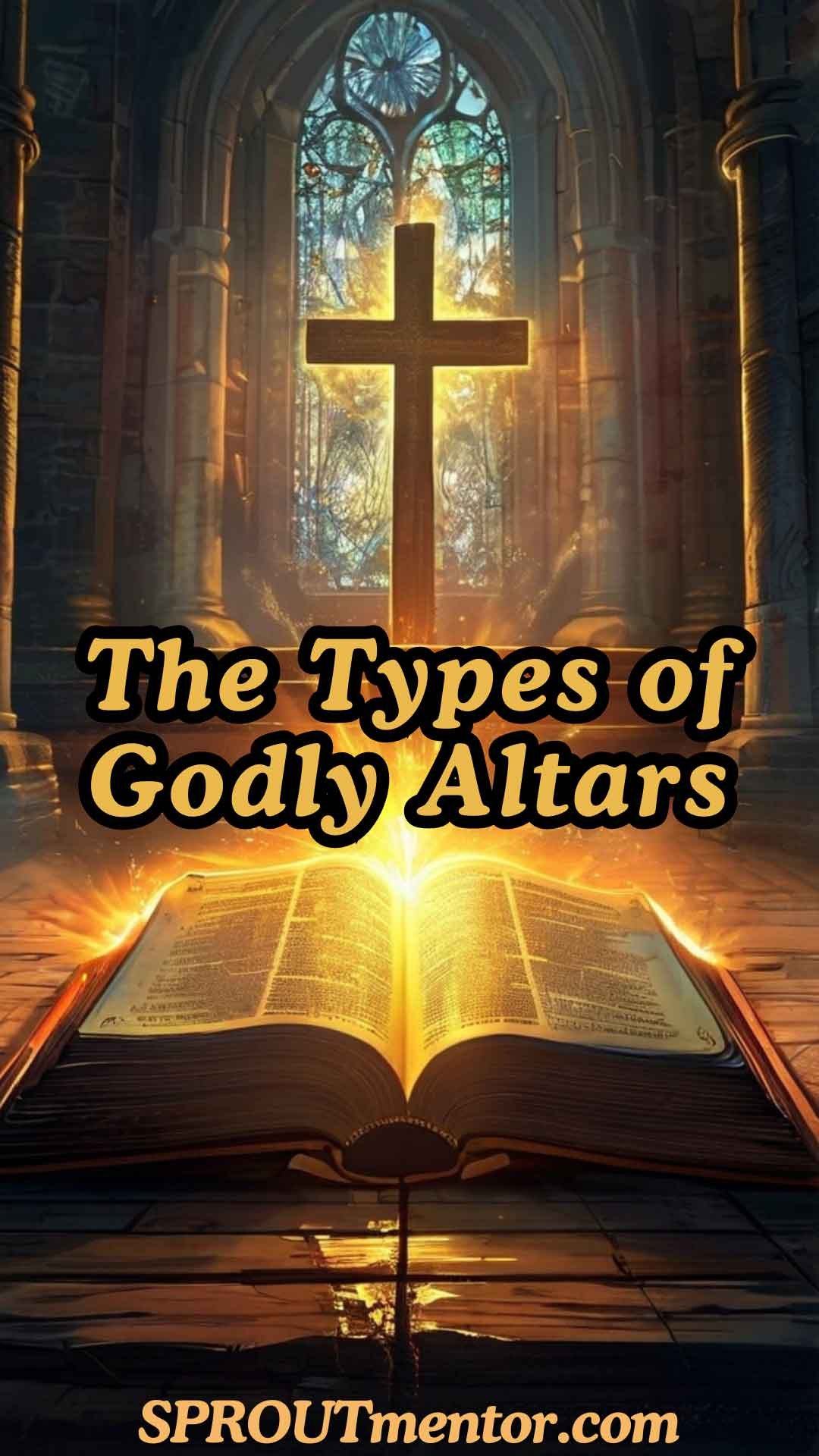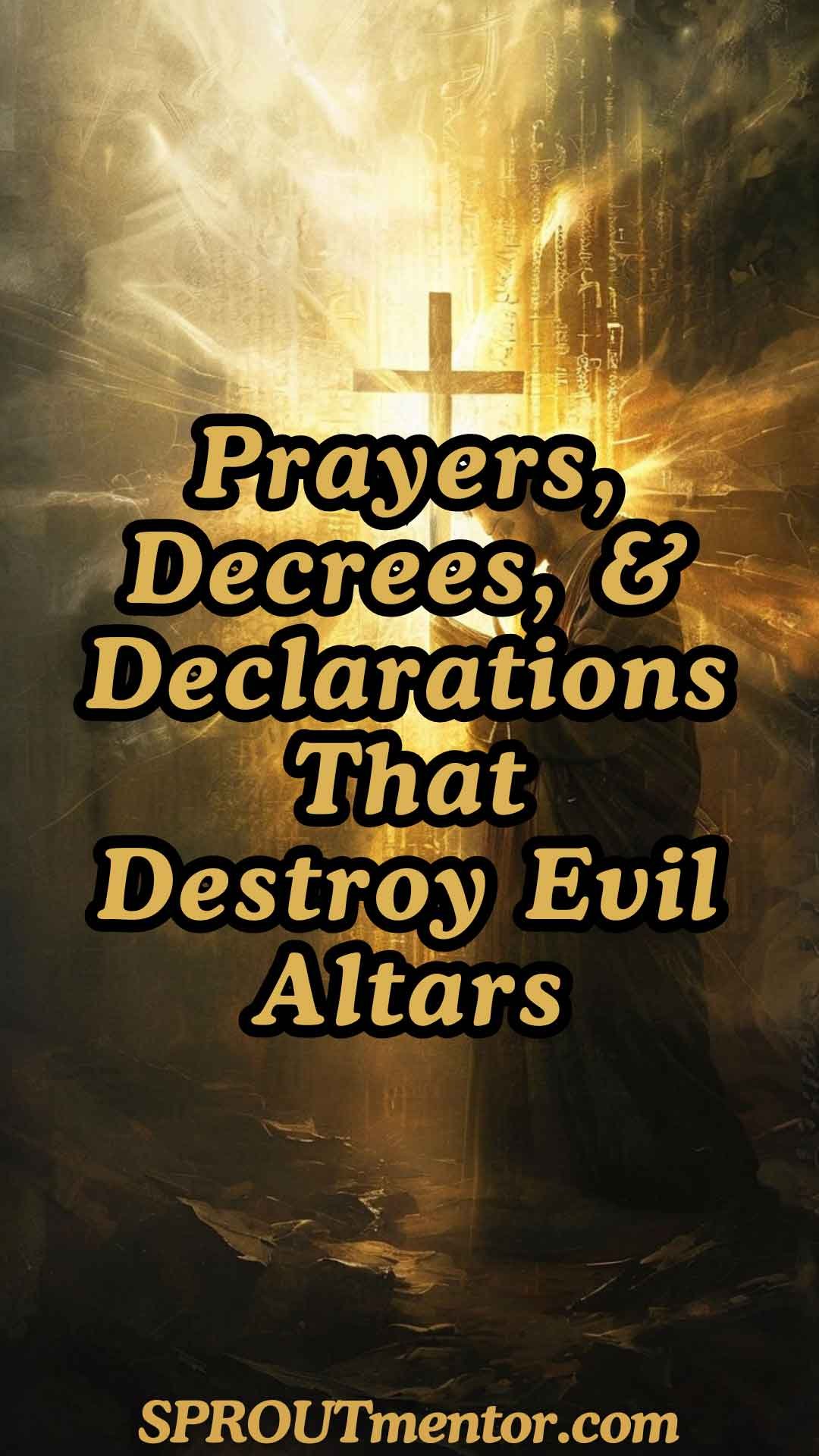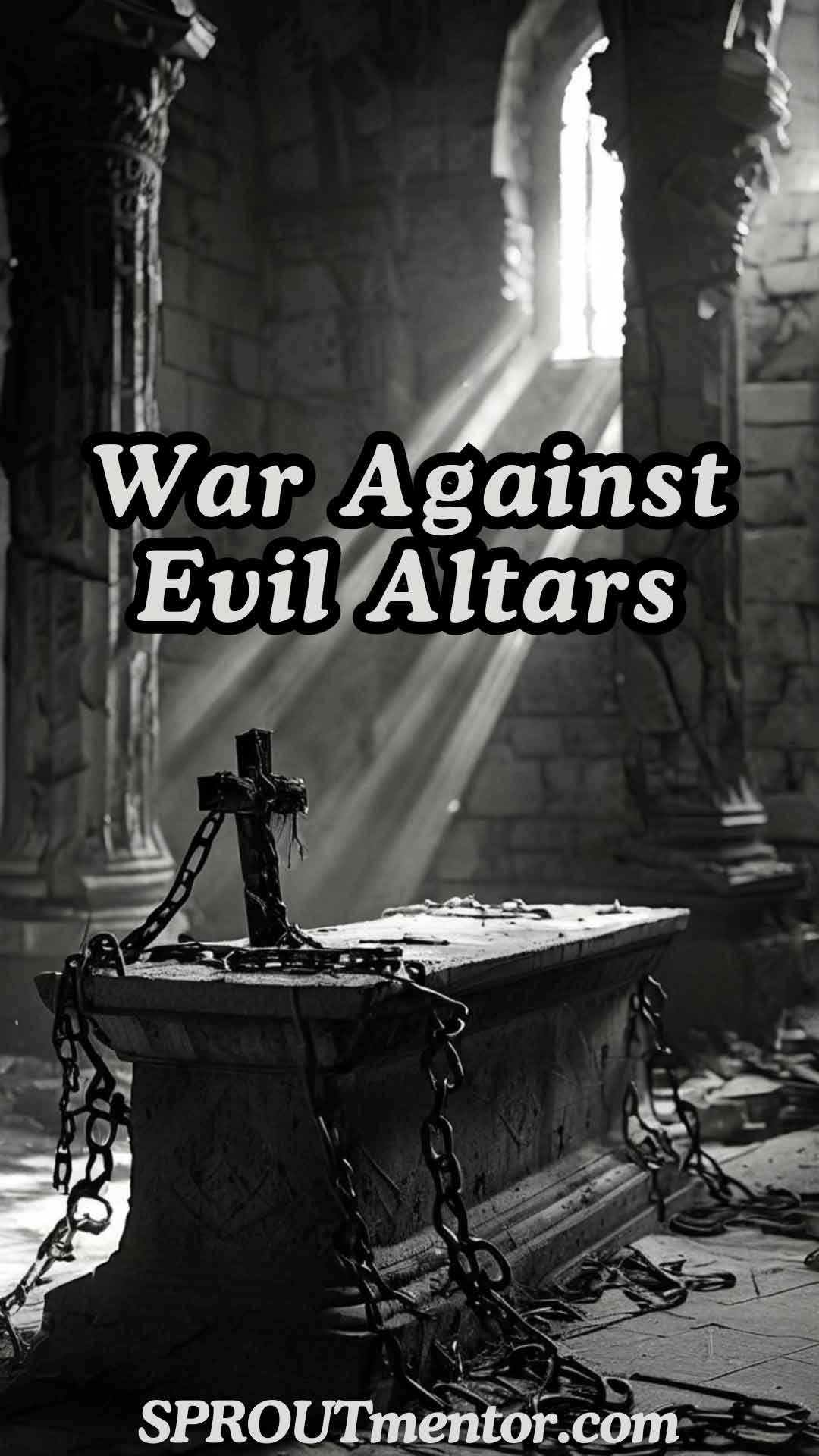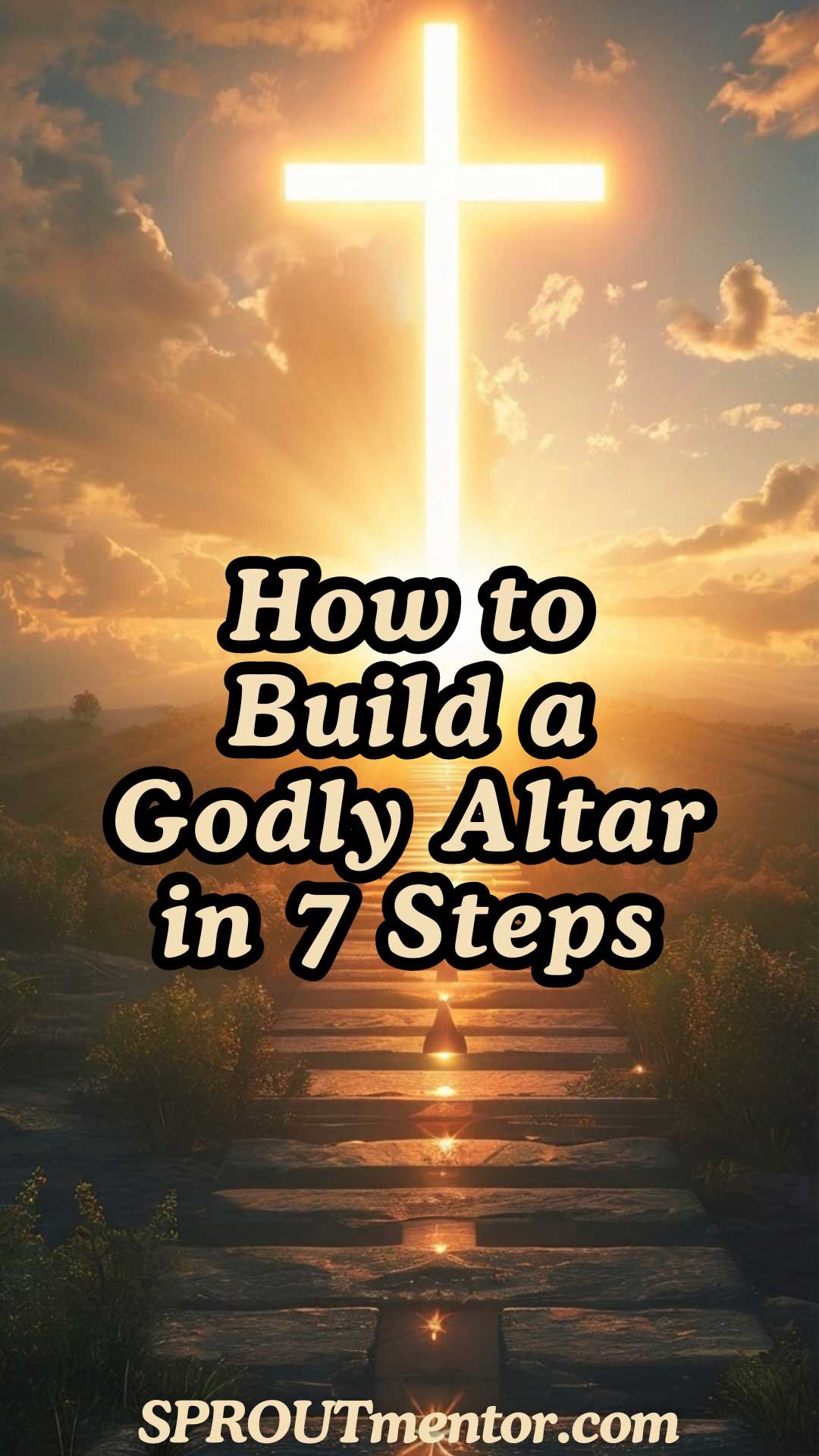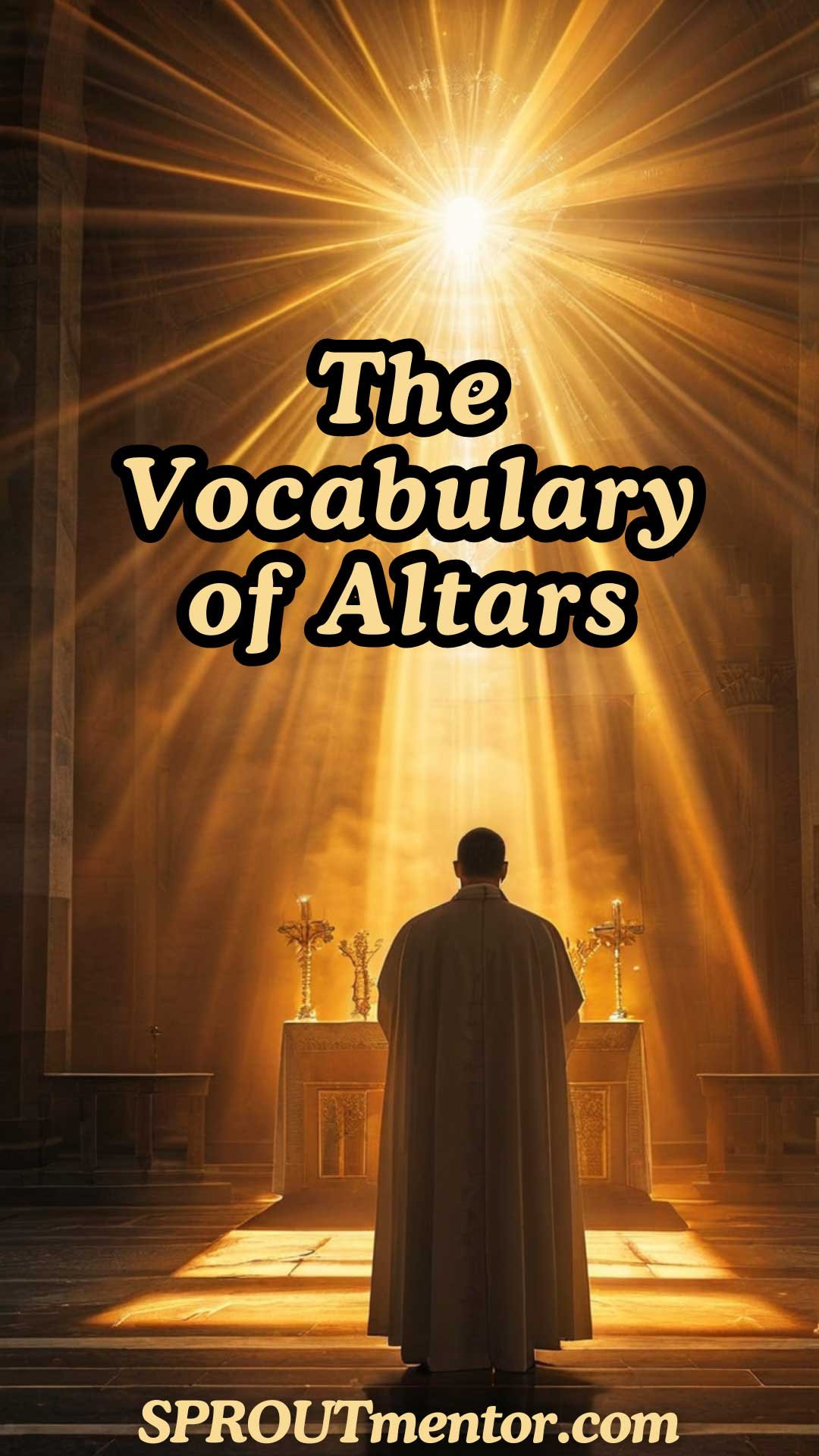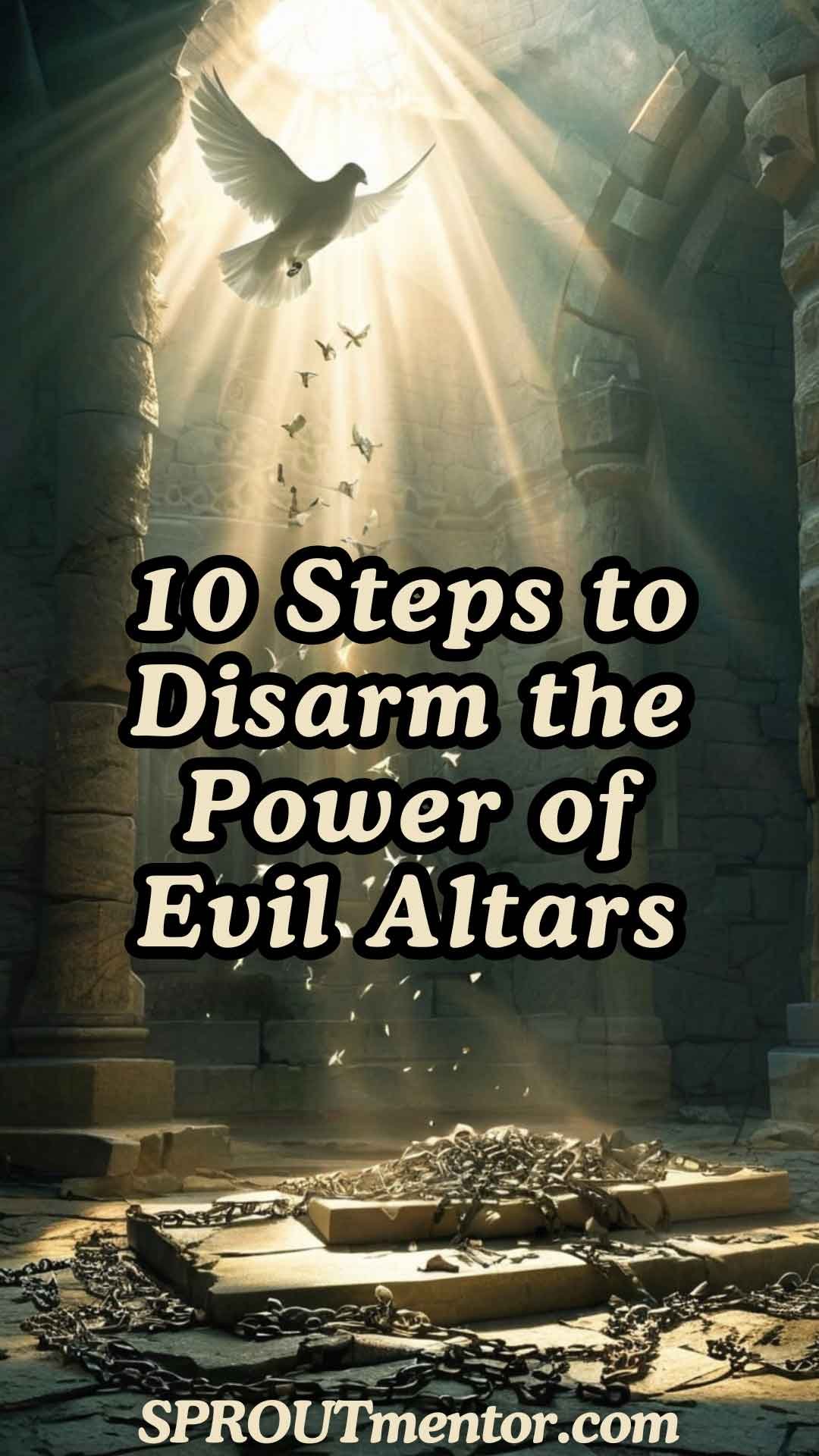The Priest on The Altar
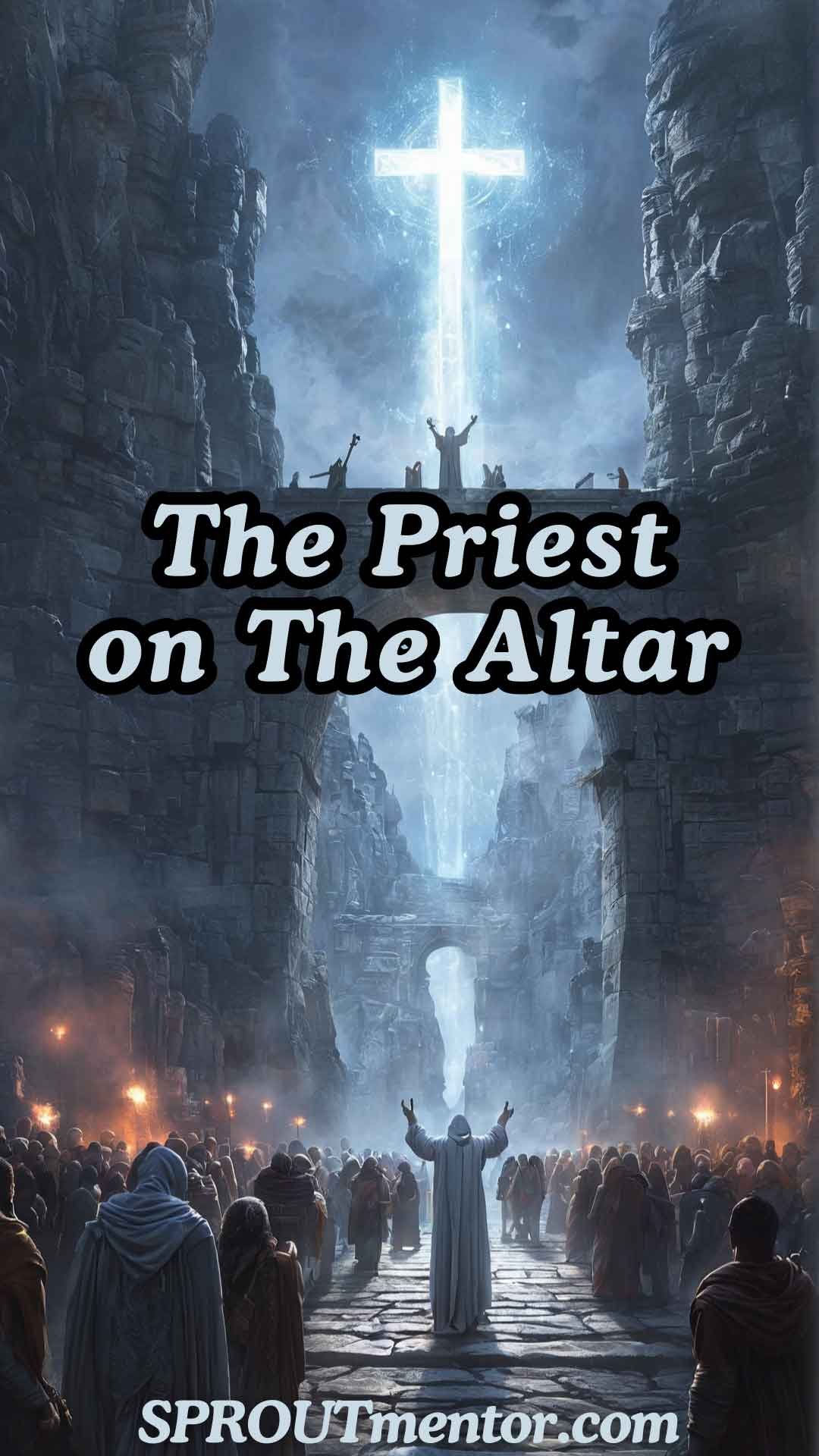
From the days of the Old Testament, where priests were chosen from the tribe of Levi to the New Testament revelation that all believers are now a “royal priesthood” [1 Peter 2:9], the concept of priesthood has evolved dramatically.
Through the ultimate sacrifice of Jesus Christ, our High Priest [Hebrews 4:14], priesthood has transitioned from a task limited to a specific tribe or lineage to the reality for every believer.
This lesson builds upon this previous one, where the definition of the terms priest and priesthood was introduced.
Therefore, this blog post seeks to explore what it means for a believer in Christ to serve as a priest on the altar.
To achieve that, we must understand the demands and responsibilities of this sacred role in light of both the Old and New Testament priesthoods.
The Old Testament Priesthood
The Old Testament priesthood, particularly outlined in the book of Leviticus, serves as the foundational framework for understanding the role of a priest.
- The summary of the Book of Leviticus can be distilled into one central theme: man is sinful, and God is holy.
- The gap between humanity and divinity necessitated a mediator, which was fulfilled through the office of the priest.
- In the Old Testament, priests were appointed to mediate between God and man.
- The priesthood was not a position of power or privilege but one of immense responsibility and service.
- The priests were responsible for offering sacrifices on behalf of the people, ensuring that the covenant between God and Israel was upheld.
- The offerings and sacrifices were a constant reminder of the people’s sinfulness and God’s holiness.
The offerings that the priest offered were grouped into two main categories:
- A] Compulsory Sacrifices:
- Sin Offering: The Sin Offering was a mandatory act of reconciliation with God essential for the atonement of unintentional sins. Depending on the person’s status (high priest, ruler, common person), the offering could range from a bull to fine flour [Leviticus 4:3-12; 5:7-9].
- Trespass Offering: It focused on atonement for offenses requiring restitution. A ram without blemish was offered, and the offender had to repay the value of the trespass plus an additional fifth [Leviticus 5:14-6:7]. This offering emphasized the seriousness of sin and the necessity of making amends.
- B] Non-Compulsory Sacrifices:
- Burnt Offering: This voluntary act of worship symbolized total surrender and devotion to God. The animal was completely burned on the altar, representing the offerer’s complete dedication [Leviticus 1].
- Grain Offering: This offering, consisting of fine flour, oil, and frankincense, was an expression of gratitude for God’s provisions [Leviticus 2]. It was a voluntary act of worship, demonstrating the offerer’s acknowledgment of God’s sustenance.
- Peace Offering: A celebration of fellowship with God, this offering was often shared in a communal meal, symbolizing peace and thanksgiving [Leviticus 3]. It was a voluntary act that reinforced the community’s relationship with God.
Despite the importance of these Old Testament offerings and sacrifices, they had two significant limitations:
- Temporary Atonement: The sacrifices provided atonement but were not permanent. They had to be offered repeatedly, year after year [Hebrews 10:1].
- Incomplete Satisfaction of God’s Justice: While the sacrifices pleased God, they did not fully satisfy His justice. The wrath of God could still be aroused because the sacrifices did not fully address the problem of sin [Hebrews 10:8].
Because of these limitations, the Old Testament priesthood pointed to a greater priesthood that would come through Jesus Christ.
Hebrews 10:1 – “For the law having a shadow of good things to come, and not the very image of the things, can never with those sacrifices which they offered year by year continually make the comers thereunto perfect.”

The New Testament Priesthood
Jesus Christ, our High Priest, offered Himself as the ultimate sacrifice, fulfilling the requirements of the Old Testament sacrifices once and for all.
- Sin Offering: Jesus became the sin offering for us, that we might become the righteousness of God in Him [2 Corinthians 5:21]. His sacrifice dealt with sin once and for all, providing a permanent solution.
- Trespass Offering: Through His blood, we have redemption and the forgiveness of sins [Colossians 1:14]. Jesus’ sacrifice restored our fellowship with God, making us part of His people once again.
- Burnt Offering: Jesus was the perfect lamb led to the slaughter, embodying total surrender and obedience to God’s will [Isaiah 53:7]. His sacrifice was a complete act of devotion.
- Grain Offering: Jesus’ life was an offering of gratitude and submission to God’s will, fulfilling the symbolism of the grain offering.
- Peace Offering: Jesus made peace between God and humanity, reconciling us to God through His death on the cross [Ephesians 2:14-16].
As a result, the New Testament priesthood is superior for several reasons:
- Heavenly Altar: Unlike the earthly priests, Jesus’ altar is not of this world. He offered His sacrifice in a greater and more perfect tabernacle, not made with hands [Hebrews 9:11-12].
- Perfect Sacrifice: Jesus did not offer the blood of animals but His precious blood. His sacrifice was sufficient to obtain eternal redemption for us [Hebrews 9:12].
- Eternal Priesthood: Jesus’ priesthood is eternal. He is a priest after the order of Melchizedek, without beginning or end [Hebrews 7:1-3]. This eternal nature sets His priesthood apart from the temporary Levitical priesthood.
The Royal Priesthood
Through Jesus Christ, priesthood is no longer limited to a specific tribe or lineage, but it’s extended to all believers in Christ, making them a “royal priesthood” [1 Peter 2:9].
What then does this mean to the believer in the New Testament Covenant?
- Jesus did not offer animal sacrifices like the Levitical priests. Instead, He offered Himself as the ultimate sacrifice.
- And this is the pattern of our priesthood for we are called to be “living sacrifices”, according to Romans 12:1.
- That means our priesthood is not just about the Sunday rituals.
- It’s about transforming our everyday lives into an act of worship that is not confined to a temple, but one that is lived out in our homes, workplaces, and communities through living a life characterized by:
- Spiritual Sacrifices: Unlike the Old Testament priests who offered animal sacrifices, we are called to offer spiritual sacrifices. This means living a life of obedience, devotion, and service to God.
- Holiness: As priests, we are called to live holy lives, separated from sin and dedicated to God [1 Peter 1:15-16]. Holiness is not optional but a requirement for those who serve as priests.
- Intercession: Just as the Old Testament priests interceded for the people, we are called to intercede for others, bringing their needs before God in prayer [1 Timothy 2:1].
- Proclamation: As a royal priesthood, we are called to proclaim the praises of Him who called us out of darkness into His marvelous light [1 Peter 2:9]. Our lives and words should reflect the goodness and glory of God.
- Service: The priesthood is not about position but service. We are called to serve God and others with humility and love, following the example of Christ who came not to be served, but to serve [Mark 10:45].
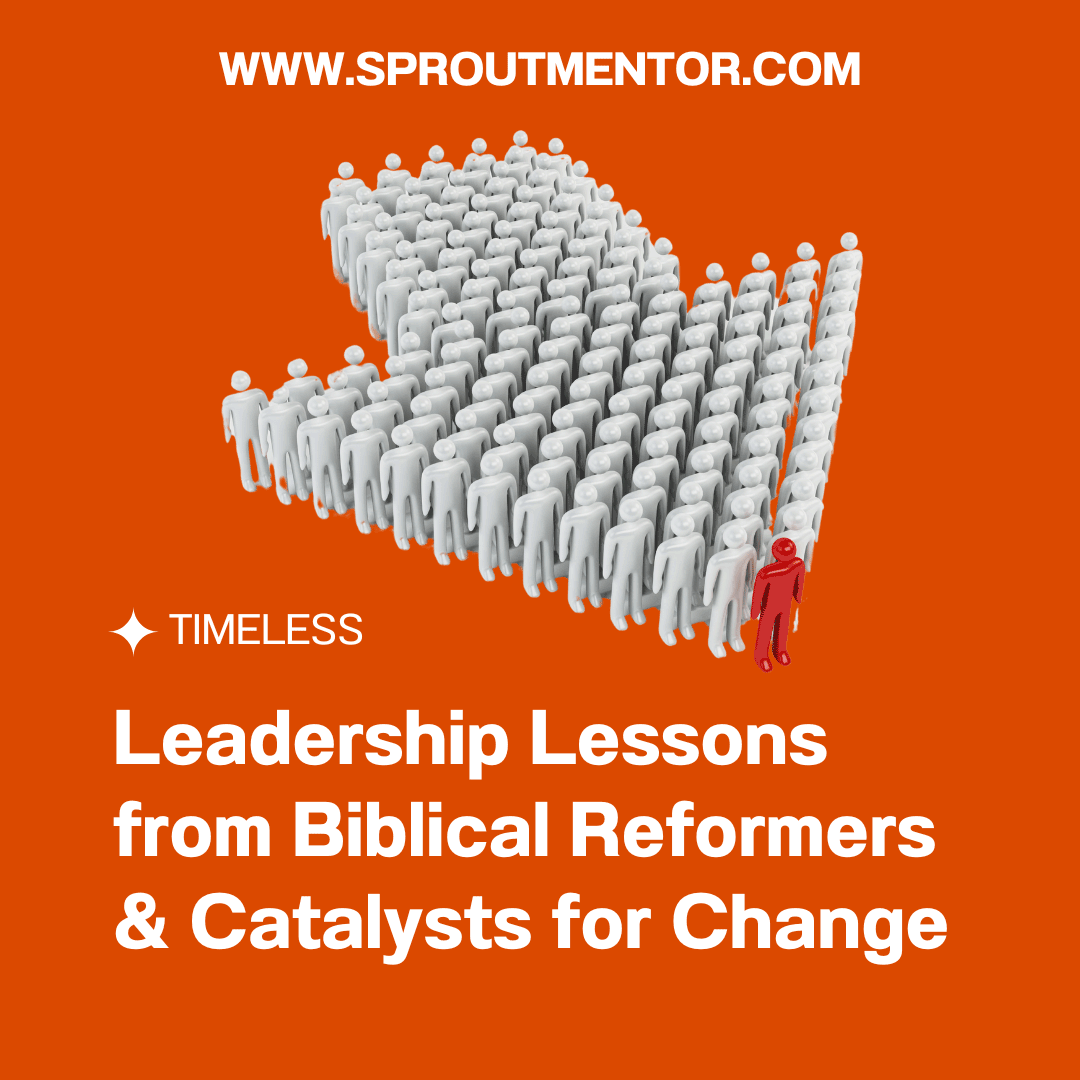
In conclusion….
In the New Testament reality, the role of the priest has moved from an external ritual to an internal transformation where we:
- Embrace our role as priests not just in ceremonial terms, but in the daily, tangible ways of living out your faith.
- Offer ourselves as a living sacrifice, not just in grand gestures but in the quiet moments of everyday obedience.
- Reflect on the call to holiness, not as a burdensome duty but as a privilege to live a life set apart for God.
- Intercede with urgency for those around us, understanding that our prayers are powerful and impactful.
- Proclaim the praises of God with fervor, letting our lives be a testament to His goodness and mercy.
- Serve others with humility and compassion, following the path set by Christ, who exemplified true servanthood.
In summary, priesthood is not a distant concept; it’s a call to action, a mandate to live out the reality of the new covenant every single day. By doing so we:
- Become ambassadors of God’s kingdom, representing His reign and reflecting His character in the world.
- Fulfill the Genesis 1:28 dominion mandate over the Earth by managing and stewarding God’s creation according to His will.
- Become both kings and priests unto God [Revelation 1:6], embodying wisdom and innocence in our daily Christian walk [Matthew 10:16].
Are you feeling stuck in your Christian walk?
We offer a powerful collection of Christian ebooks designed to equip you for growth and empower you to live a life guided by your faith.
Share This Blog Post On:
Are you looking for a deeper understanding of your faith? I’m excited to let you know that I have written books that delve into scripture and offer insights to help you grow in your Christian walk. Learn more about my books by visiting this link.

